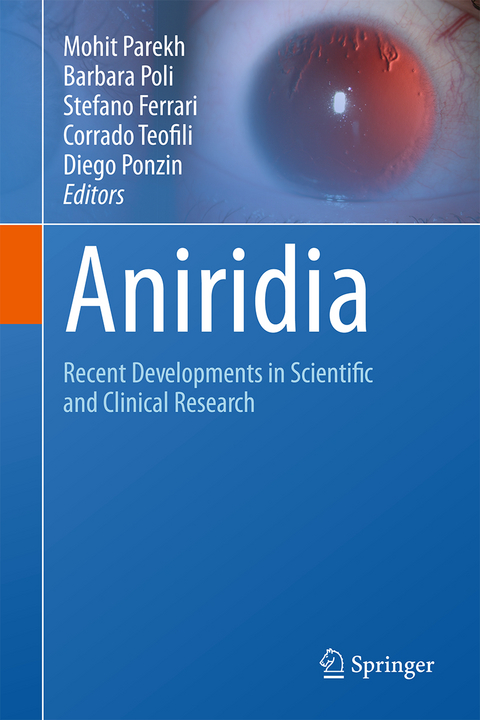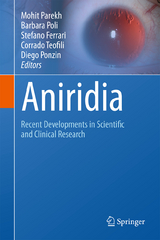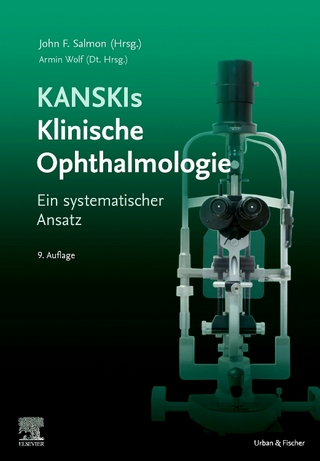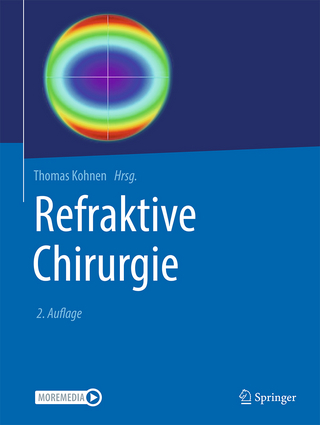Aniridia
Springer International Publishing (Verlag)
978-3-319-19778-4 (ISBN)
Preface.- What is Aniridia: Epidemiology, clinical features and genetic implications.- Optical Coherence Tomography imaging in patients with PAX6 mutations.- Aniridic Glaucoma: Diagnosis and Treatment.- Management of Glaucoma in Congenital Aniridia.- Clinical and surgical management of cataract in congenital aniridia.- The ocular surface in aniridia.- Aniridic Keratopathy: Conservative approaches.- Lamellar and penetrating keratoplasty in congenital aniridia.- Boston KPRo Type I as a viable alternative to visual rehabilitation in aniridia patients: advances and limitations.- Cell therapy for regeneration of the corneal epithelium aniridic patients.- Strategies for success in limbal allograft transplantation for aniridia.- The paediatric patient: identifying congenital aniridia as soon as possible.- Early diagnosis: the key roles of neonatologists, paediatricians and paediatric ophthalmologists.- Aniridia guides and aniridia-syndrome (Pax6-Syndrome).- Assessing the visual function in congenital aniridia and following the child during daily life.- Children with aniridia and healthcare systems: from needs assessment to a comprehensive programme of care and assistance.- European/international guidelines on Aniridia: the patients' point of view.- What to do when diagnosed with Aniridia: the role of patients´ associations.- Conclusions and future perspectives.- Index.
| Erscheint lt. Verlag | 8.9.2015 |
|---|---|
| Zusatzinfo | VIII, 192 p. 57 illus., 54 illus. in color. |
| Verlagsort | Cham |
| Sprache | englisch |
| Maße | 155 x 235 mm |
| Themenwelt | Medizin / Pharmazie ► Medizinische Fachgebiete ► Augenheilkunde |
| Medizin / Pharmazie ► Studium | |
| Naturwissenschaften ► Biologie ► Zellbiologie | |
| Schlagworte | Aniridia • Cell Therapy • Iris • Ophthalmology • surgical approaches |
| ISBN-10 | 3-319-19778-9 / 3319197789 |
| ISBN-13 | 978-3-319-19778-4 / 9783319197784 |
| Zustand | Neuware |
| Haben Sie eine Frage zum Produkt? |
aus dem Bereich




